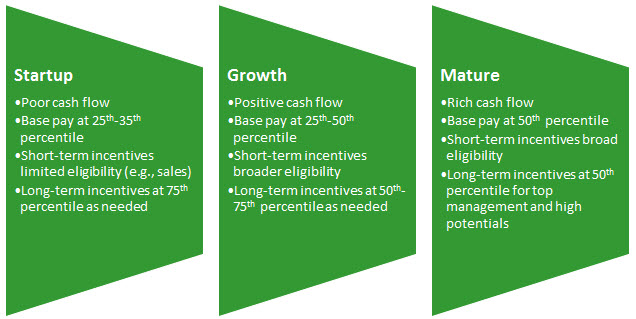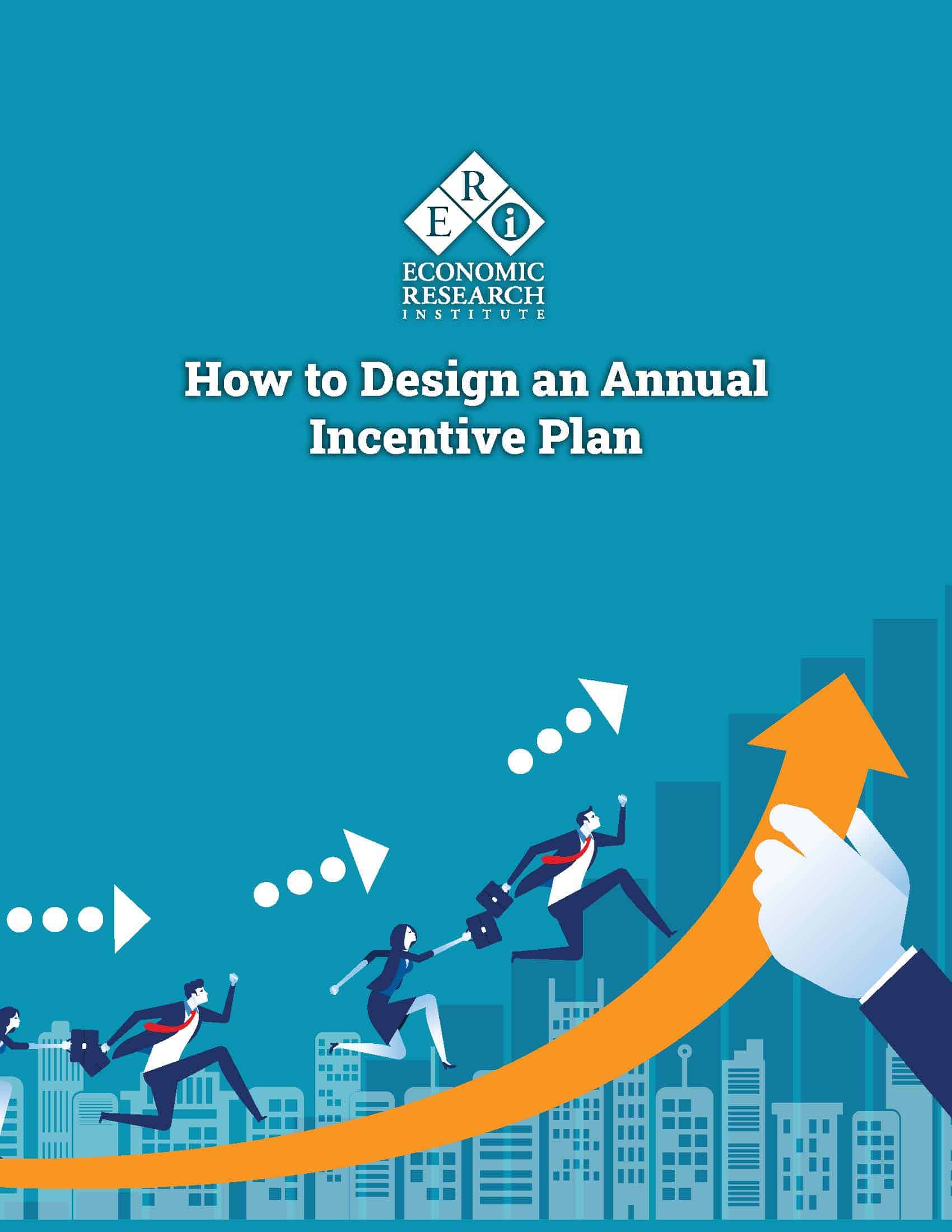The design of a total rewards strategy that appropriately complements an organization’s mission, culture, business strategy, management practices, and even the Human Resources strategy itself can be a daunting task in today’s unpredictable business and global environment.
A total rewards strategy should guide in the overall design of an organization’s total rewards program, including these programs:
- Compensation
- Benefits
- Work-Life Balance
- Recognition
- Performance Management
- Career Development
External factors such as geography, employee demographics, the economy, and world affairs also influence the total rewards strategy.
An effective total rewards strategy will complement an organization in the attainment of its short- and long-term goals and objectives.
When considering a total rewards strategy for a business, it is important that it be designed with consideration of the company’s financial ability to fund its core total rewards programs. For example, a typical compensation model can be assessed based on the stage of its business maturity as follows:

A total rewards strategy may include a very broad-based statement or even more specific guidance on the types of programs and the desired competitive position by plan type as compared to the external marketplace. A strategy may also provide guidance on what programs will be used, how they will be implemented, and how they will be administered.
Following is a hypothetical example of a compensation strategy within the overall total rewards strategy:
XYZ COMPANY
COMPENSATION STRATEGY EXAMPLE
The XYZ Company compensation strategy is designed to attract, motivate, engage, and retain a talented workforce capable of supporting the organization to meet and exceed its short- and long-term business objectives.
Pay Vehicles will include base salary and performance-based short- and long-term incentive plans for eligible employees.
- Base Salary – all employees
- Short-Term Incentive Plans – all employees
- Long-Term Incentive Plans – top management and high potential employees
Job Evaluation Methodology is market pricing for all levels of jobs within the organization.
External Market Competitiveness:
- The company will follow a lead-lag market approach as of July 1 of each year.
- Base pay salary structures, target total cash compensation, and target total direct compensation market competitiveness will be designed based on the company’s ability to pay upon attainment of short- and long-term performance goals and objectives and its desired competitiveness to the appropriate labor market with whom the business competes for staff:
- Executive – 50th percentile of applicable industry’s national marketplace
- Professional/Management – 50th percentile of applicable industry’s or all industries combined regional marketplace
- Administrative/Operative – 50th percentile of all industries combined local marketplace
- Geographic differentials will be applied to the salary structure when required.
- Short-term incentive plan will be used to recognize achievements of short-term company goals and objectives (12 months duration). All employees are eligible and targeted cash bonuses (as of % of base pay) will be designated based on salary grade and market competitiveness. Annual payouts under the STIP will be as approved by the CEO.
- Long-term incentive plan (LTIP) will be performance based and used to recognize attainment of challenging, long-term company goals and objectives. Top management and high potential employees as approved by the CEO are eligible to participate in the long-term incentive plan. LTIP awards will be delivered in cash or through equity awards as approved by the CEO.
Merit Increases will be delivered annually based on pay for performance and placement within the salary range. Should an employee be paid at the maximum of the salary range, a lump sum salary increase may be considered for top performers. Annual salary increase budgets will be based on the market movement of salaries for the national labor market.
Performance Management is part of the business culture and regular, ongoing communications is encouraged between the management team and employees.
Globally Managed Programs:
- Global salary grades and job titles
- Global short- and long-term incentive plans
- Human capital management system
The compensation strategy and eligibility requirements shall be adapted by the total rewards team as needed when legally required within the labor markets XYZ Company operates.
Approvals – The design of annual compensation plan (base salary, short-term incentive plans, and long-term incentive plans and related costs as recommended by the Head of Total Rewards require the approval of the VP, Human Resources, CFO, and CEO.
The Total rewards strategy should be responsive to the local labor markets, legal environment, and competitive requirements of your business. Most importantly, implementing a total rewards strategy that is right for your business ensures your company-wide practices have these characteristics:




